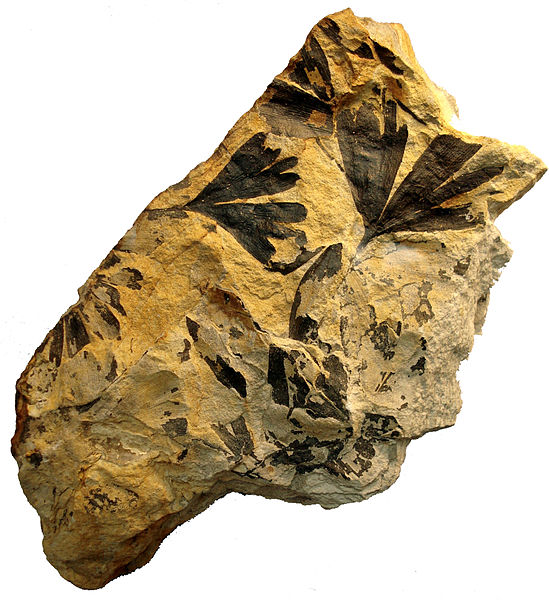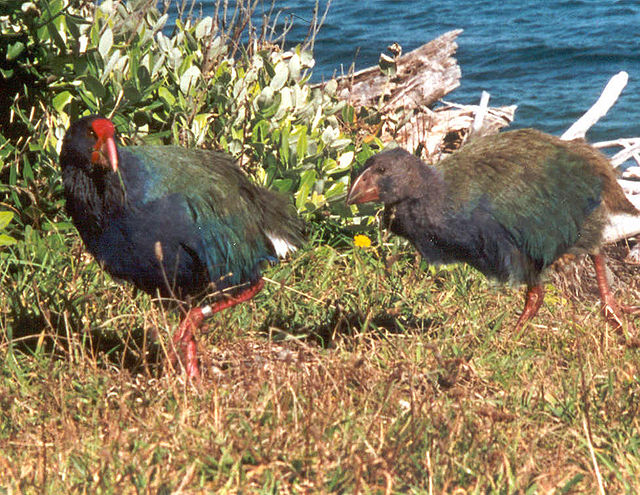A living fossil is an extant taxon that phenotypically resembles related species known only from the fossil record. To be considered a living fossil, the fossil species must be old relative to the time of origin of the extant clade. Living fossils commonly are of species-poor lineages, but they need not be. While the body plan of a living fossil remains superficially similar, it is never the same species as the remote relatives it resembles, because genetic drift would inevitably change its chromosomal structure.
The coelacanths were thought to have gone extinct 66 million years ago, until a living specimen belonging to the order was discovered in 1938.
170 million-year-old fossil Ginkgo leaves
Living Ginkgo biloba plant
Elephant shrews resemble the extinct Leptictidium of Eocene Europe.
In paleontology, a Lazarus taxon is a taxon that disappears for one or more periods from the fossil record, only to appear again later. Likewise in conservation biology and ecology, it can refer to species or populations that were thought to be extinct, and are rediscovered. The term Lazarus taxon was coined by Karl W. Flessa and David Jablonski in 1983 and was then expanded by Jablonski in 1986. Paul Wignall and Michael Benton defined Lazarus taxa as, "At times of biotic crisis many taxa go extinct, but others only temporarily disappeared from the fossil record, often for intervals measured in millions of years, before reappearing unchanged". Earlier work also supports the concept though without using the name Lazarus taxon, like work by Christopher R. C. Paul.
The takahē of New Zealand had not been seen since 1898 when it was 'rediscovered' in 1948.
Chacoan peccary
Monito del monte
Coelacanth Latimeria chalumnae








